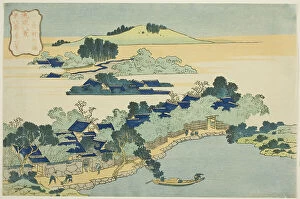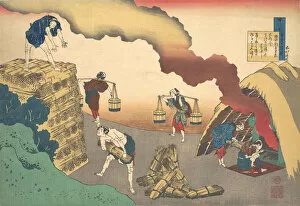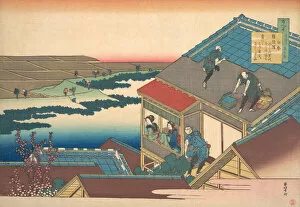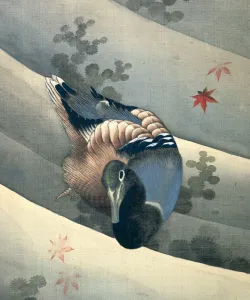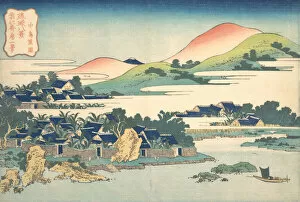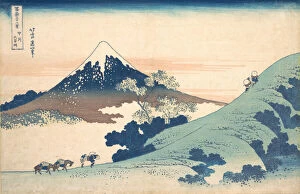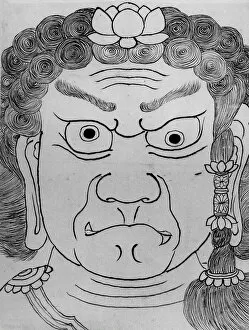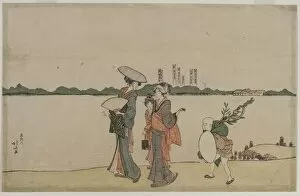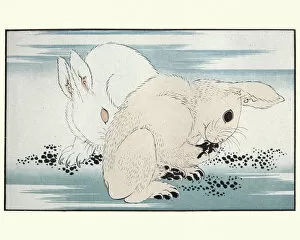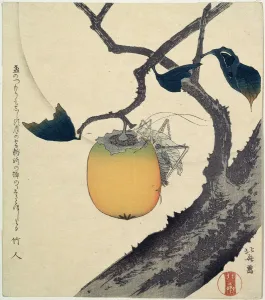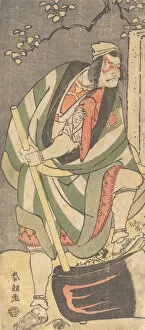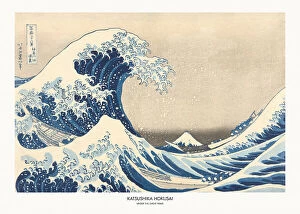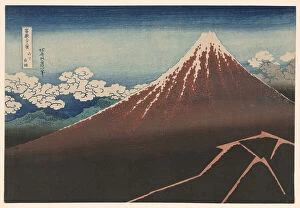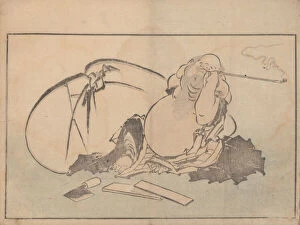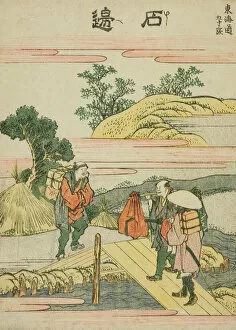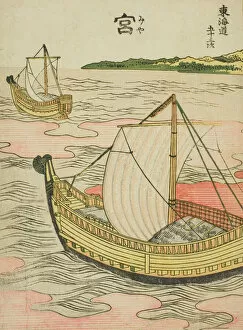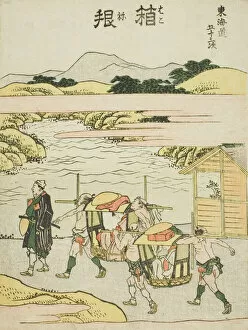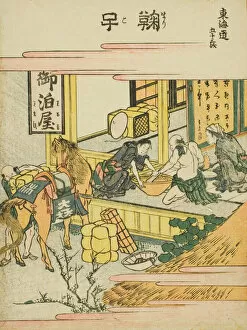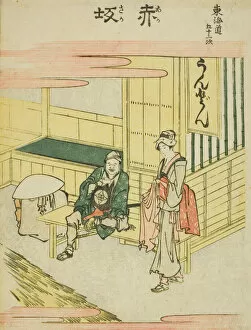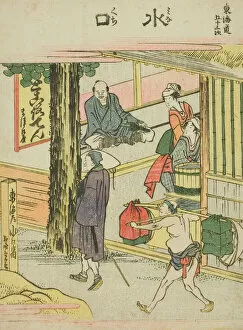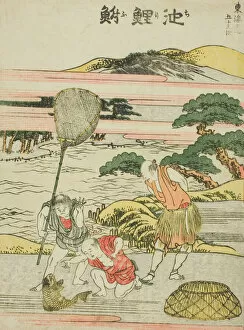Katsushika Hokusai Collection (page 6)
Katsushika Hokusai, a renowned Japanese artist of the Edo period, captivated audiences with his exquisite and diverse works
All Professionally Made to Order for Quick Shipping
Katsushika Hokusai, a renowned Japanese artist of the Edo period, captivated audiences with his exquisite and diverse works. From majestic landscapes to mythical creatures, Hokusai's art continues to inspire and awe viewers even today. One of his notable pieces is "The waterfall of Amida behind the Kiso Road, " created in 1832. This painting showcases the beauty and power of nature as water cascades down a rocky cliff, creating a mesmerizing spectacle. In "Ejiri in Suruga Province, " part of his series "Thirty-six Views of Mount Fuji, " Hokusai captures the tranquility and serenity of Ejiri town against the backdrop of Japan's iconic mountain. The meticulous details bring this scene to life, transporting us to that peaceful moment in time. Hokusai's talent for depicting supernatural beings is evident in "Red Shoki, the Demon Queller. " Created in 1847, this artwork portrays Shoki, a legendary figure known for subduing evil spirits. With bold colors and dynamic brushstrokes, Hokusai brings forth an aura both fearsome and captivating. "The Hanging-cloud Bridge at Mount Gyodo near Ashikaga" takes us on a journey through time. Painted during the late 18th-early 19th century, this piece showcases an ancient bridge enveloped by misty clouds amidst lush greenery. It evokes a sense of mystery and invites contemplation about our connection with history. Undoubtedly one of Hokusai's most famous works is "Under the Wave off Kanagawa, " also known as "The Great Wave. " This woodblock print depicts towering waves threatening fishing boats beneath Mt. Fuji's watchful gaze. Its dramatic composition symbolizes humanity's struggle against nature's immense power. In "Wild Geese and Water, " created in 1839, Hokusai masterfully combines delicate brushwork with vibrant colors to depict a flock of geese soaring above rippling waters.





